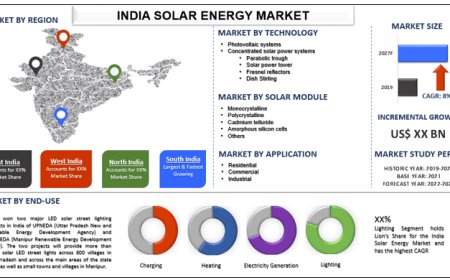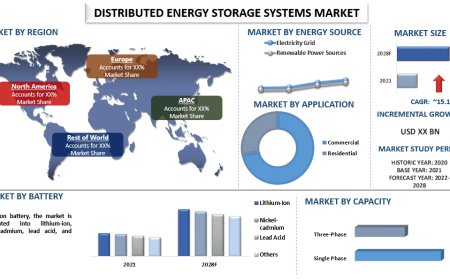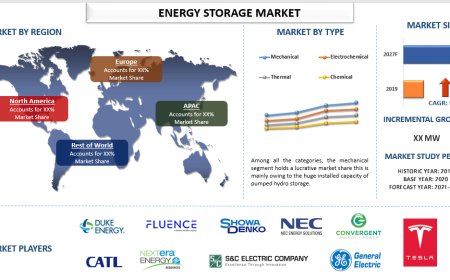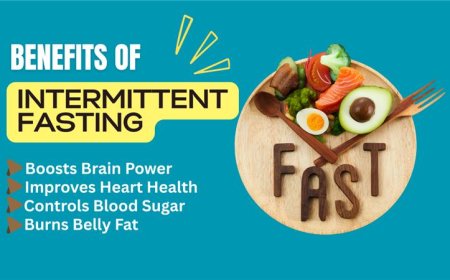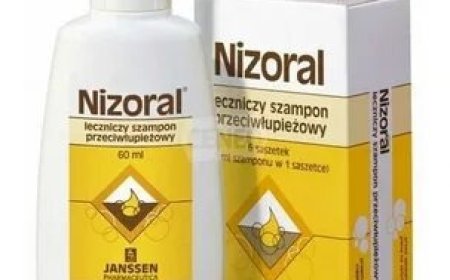Rapid Molecular Testing for Urinary Tract Infections: A Game-Changer for Patient Care
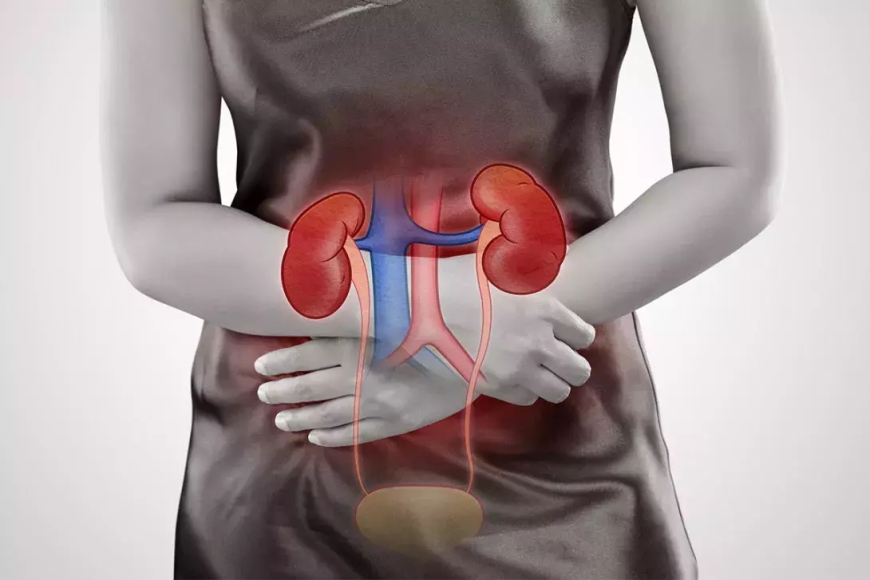
Urinary-tract infections (UTIs) account for 810 million outpatient visits in the United States every year and remain one of the most common reasons for empirical antibiotic prescriptions. Yet the gold-standard urine culture can take 4872 hours to confirm the pathogen and its resistance profile. During that waiting period, clinicians often prescribe broad-spectrum antibiotics just in case, fuelling antimicrobial resistance and unnecessary side-effects. Rapid, multiplex qPCR-based UTI panels are changing that paradigm by delivering actionable results in under 24 hoursand in some platforms, under five hours.
Why Culture Alone Falls Short
- Slow Turn-Around: Median report time for culture and susceptibility is >105 hours, delaying targeted therapy.
- Missed Pathogens: Fastidious or slow-growing organisms such as Ureaplasma or Candida species are frequently under-detected.
- Polymicrobial Confusion: Mixed growth can mask clinically significant pathogens, leading to contaminant reports and repeat testing.
How qPCR-Based UTI Panels Work
Multiplex real-time PCR amplifies pathogen-specific DNA directly from urine, detecting up to 49 bacteria, fungi, and resistance markers in a single run.
Key workflow steps:
|
Step |
Description |
Time |
|
Sample preparation |
12 mL urine, minimal hands-on |
~10 min |
|
Automated extraction & qPCR run |
Closed-tube system to avoid contamination |
90240 min |
|
Bioinformatics & e-report |
Software flags pathogen load (Ct) and resistance genes |
? 30 min |
Total lab-to-result time: < 5 hours on leading platforms.
Clinical Benefits at a Glance
|
Benefit |
Culture |
qPCR Panel |
|
Speed |
4872 h |
424 h |
|
Pathogen breadth |
~15 common uropathogens |
4050 bacteria + yeasts |
|
Resistance insight |
Full AST after sub-culture |
Key genes (e.g., bla CTX-M, mecA) |
|
Sensitivity |
Viable cells only |
Detects <10 CFU/mL DNA |
|
Antibiotic stewardship |
Empirical start |
Targeted therapy Day 0 |
Early switch from broad-spectrum to narrow-spectrum drugs has been shown to cut length of stay by 1.7 days and antibiotic costs by 22 % in PCR-guided cohorts.
The DLW Comprehensive UTI Panel
At Devansh Lab Werks we use a qPCR syndromic assay covering 48 pathogens and 43 resistance markers with a same-day turn-around (samples received by 1 p.m.).
Key features:
- Broad Coverage:E. coli, Klebsiella, Enterococcus, Proteus, Pseudomonas plus Candida spp.
- Resistance Genes: ESBLs, carbapenemases, vanA/vanB, mecA, and fluoroquinolone markers.
- Quantitative Reporting: Pathogen DNA load reported in CFU/mL equivalents, helping distinguish colonisation from infection.
- Reflex Culture: Positive PCRs reflexed to culture only when needed for full MICssaving time and cost.
Learn more:Urinary-Tract Infection qPCR Panel
When to Choose Molecular UTI Testing
|
Ideal Scenario |
Why the PCR Panel Helps |
|
Recurrent or complicated UTI |
Detects polymicrobial infections and resistance genes missed by routine culture. |
|
Elderly or catheterised patients |
Faster identification curbs progression to urosepsis. |
|
Pregnancy |
Rapid result avoids fetal exposure to unnecessary antibiotics. |
|
Previous culture-negative but symptomatic case |
Low bacterial load still detectable via DNA. |
|
Antibiotic-resistant region |
Early resistance gene data informs stewardship. |
Practical Considerations
- Insurance & Cost: Molecular UTI tests are increasingly reimbursed when culture failure is documented; out-of-pocket typically ?4,500?6,000 in India.
- Interpretation: A high-sensitivity test can reveal colonisers; correlate DNA load with symptoms and pyuria.
- Regulations: U.S. CMS MolDX LCD G2149 recognises syndromic panels when results guide clinical management.
Conclusion & Call-to-Action
At Devansh Lab Werks (DLW), our Rapid qPCR UTI Panel transforms diagnostics by cutting the traditional three-day culture wait to a single clinical shift, widening pathogen coverage, and delivering resistance-marker insights in the very first report. That means clinicians can prescribe targeted therapy sooner, patients experience fewer adverse events, and healthcare costs dropproof that DLWs precision-driven testing is redefining care, one sample at a time.












